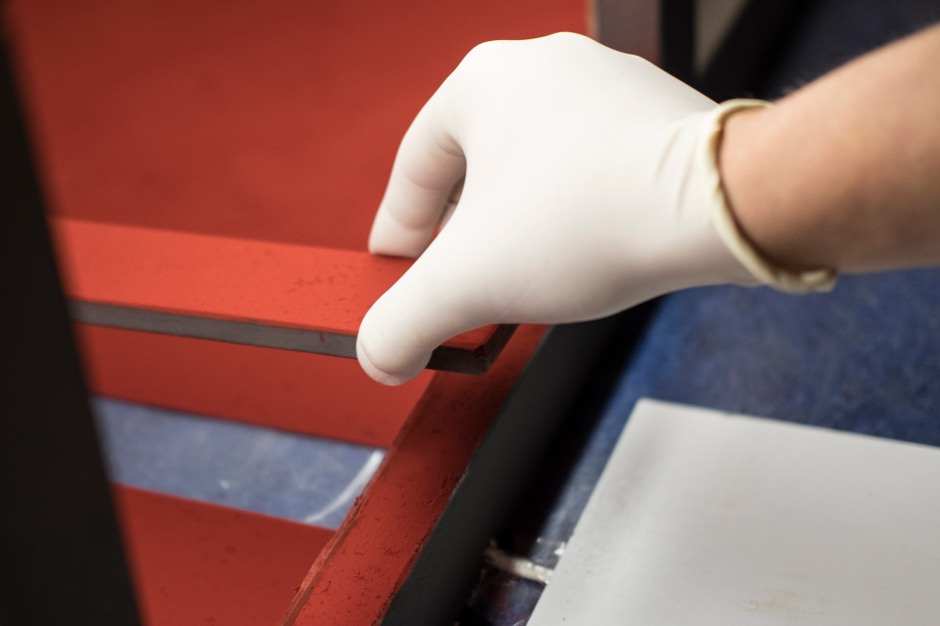Das Paradigma der modernen Zeit/Städte wird ständig von sozialen Veränderungen herausgefordert und Bevölkerungsbewegungen sind heute mehr denn je zentraler Punkt des kontextuell-urbanen Denkens. Städte sind das Produkt von Kultur und das Ergebnis von sozialer Entwicklung. Sie sind die Konsequenz von Geschichte und Fortschritt, „ein Konglomerat von materiellen, sozialen und geografischen Faktoren.“ (1). In unserer Zeit stehen Urbanismus und Geschichte vor neuen Problemen. Die Explosion verschiedener Arten von Raum und Verbindungen. Deren Multiplikation, Fragmentation und Diversifizierung; Konglomerate von Beziehungen und sozialen Interaktionen werden zur besten Beschreibung der Zeit und der Gesellschaft. Urbanismus und Architektur sind essentiell unter den vielen Faktoren, die in historisch-kulturellen Umgebungen eine Rolle spielen. Ein Netzwerk von Referenzen, das oft ignoriert oder zu einem minimalen Aspekt reduziert wird.
Durch moderne und unilineare Schriften erschaffen Felix Jung & Marc Einsiedel eine Dialektik des Sichtbaren und Unsichtbaren. In der Form von „Art-Facts“, Performances und Installationen überschreiben sie diese vergessenen Räume in den Kontext des weißen Würfels. Durch die Analyse dieser verächtlichen Nicht-Räume, die teilweise enthüllt und oft ignoriert sind, machen sie die Kluft zwischen demografischen Problemen und städtischer Zusammenhanglosigkeit sichtbar. Ihr Interesse am Konzept des PPP: Private Public Property, an leeren und daher „verlorenen“ architektonischen Räumen, lässt sie Installationen erschaffen, um die Debatte über subkulturelle, kollektive und alternative Formen zu leben zu eröffnen.
(1)Anna-Lisa Müller – Urban Development and Social transformations
Text: Liberty Adrien
In the socio-structural context of today’s changes, “the present epoch will perhaps be above all the epoch of space. We are in the epoch of simultaneity: we are in the epoch of juxtaposition, the epoch of the near and far, of the side-by-side, of the dispersed.” (1). The paradigm of modern time/cities, constantly challenged by social transformations and populations movements are more than ever the center of contextual urban thinking. Cities are the product of culture and the result of social development. They are the consequences of history and progress, “a conglomerate of material, social and geographic factors” (2). In our days, urbanism and history are fronting new issues. The explosion of species of spaces and links. Their multiplications, fragmentations and diversifications; conglomerate of relationships and social interactions becoming yet the most accurate expression of time and society. Of the many references playing a role in historico-cultural-environments, urbanism and architecture are crucial factors. A network of references often ignore or reduced to a minimal of aspect.
Cities as “semiotics of space“ which needs to be decrypt in order to open the talk about free spaces and push new ideas for a still growing urban society. “Applied to the urban environment, unlikely insertions or juxtapositions of uses can unsettle our existing perceptions of urban life and spaces, opening up new possibilities and invigorating the idea of what a city can be”. (3) The study of urban living, essence of the city twist by time, needs and desires is the base of We Are Visual reflections. Focalized on empty, hidden or forgotten spaces, notions of boundaries, visible and invisible limits, they unveil “unexploited potential rooms”. By analyzing this despicable no-places, partially uncovered and often ignored they outline the gap in between demographic issues and cities incoherences. Interested by the concept of PPP: Private public property, by empty and therefor “lost” architectural spaces, they create spacial interventions in order to open debates about subcultural, collective and alternative forms of living as “informal-urban-development” or “DIY urbanism”. Through a modern and unilinear writing, We Are Visual create a dialectic of the visible and the invisible. In the form of art-facts, performances and installations, they transcribed this forgotten spaces in the context of the white cube. Reduced to the minimalism of a geometric form, a transparent sculpture felt with colored smoke, they materialized for the time of an exhibition this inexistent volumes. The pigments remaining on the ground after the performance becoming the graph of this invisibles spaces.
(1) Michel Foucault – „Of Other Spaces, Heterotopias“
(2) Anna-Lisa Müller – Urban Development and Social transformations
(3) Margaret Crawfort





















